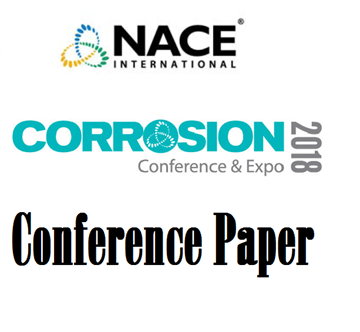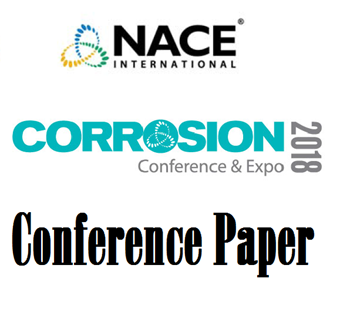Search
51318-11102-Influence of tungsten on passivity breakdown and repassivation of 25Cr super duplex stainless steels
Also Purchased
51318-11105-Effect of tungsten on the precipitation kinetics and localized corrosion resistance of super duplex
Product Number:
51318-11105-SG
Publication Date:
2018
$20.00
51318-11084-The Application Limitation Boundary of Duplex Stainless Steel under Sour Condition in Oil Fields
Product Number:
51318-11084-SG
Publication Date:
2018
$20.00
51318-11107-Effect of Oxygen in Back Shielding Gas on Corrosion Resistance of Super Duplex Stainless Steel Pipe
Product Number:
51318-11107-SG
Publication Date:
2018
$20.00




